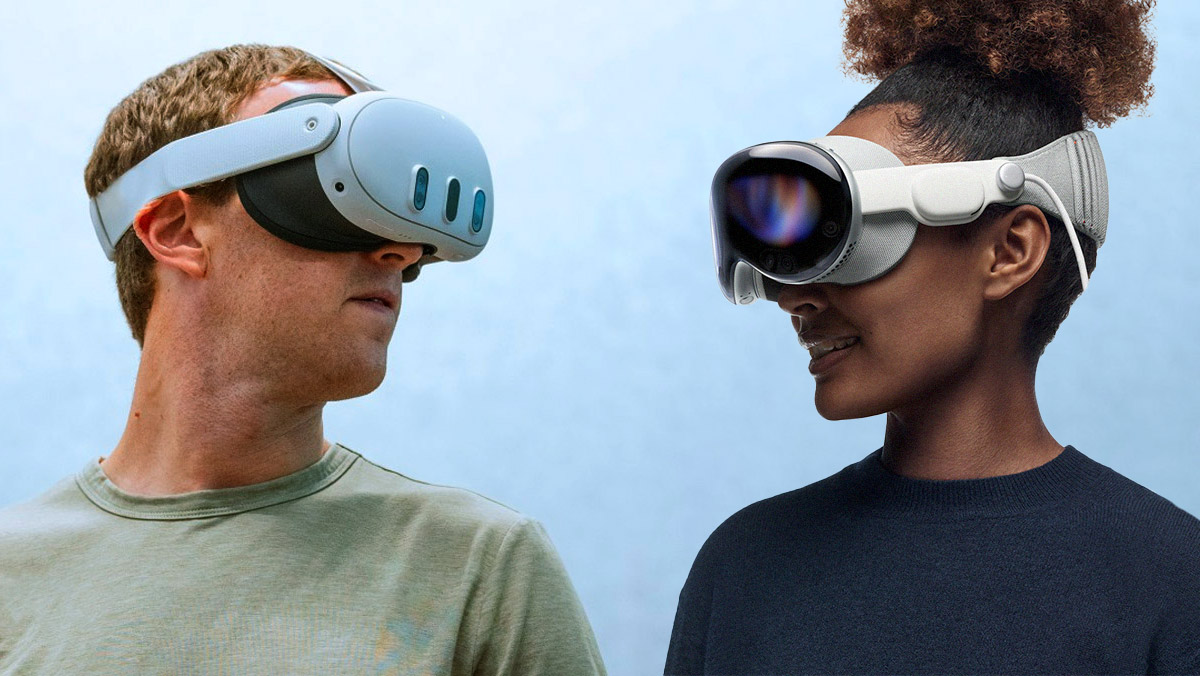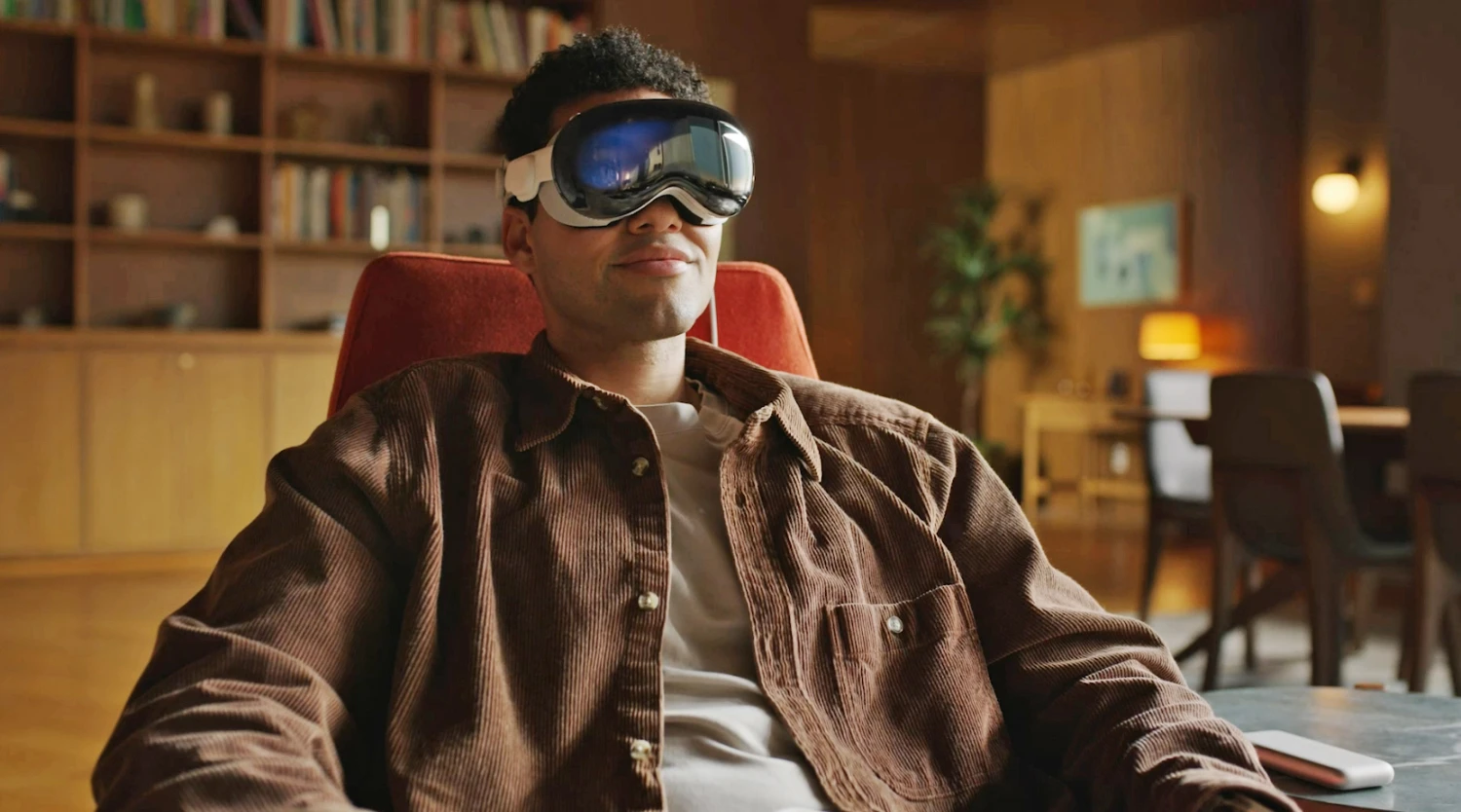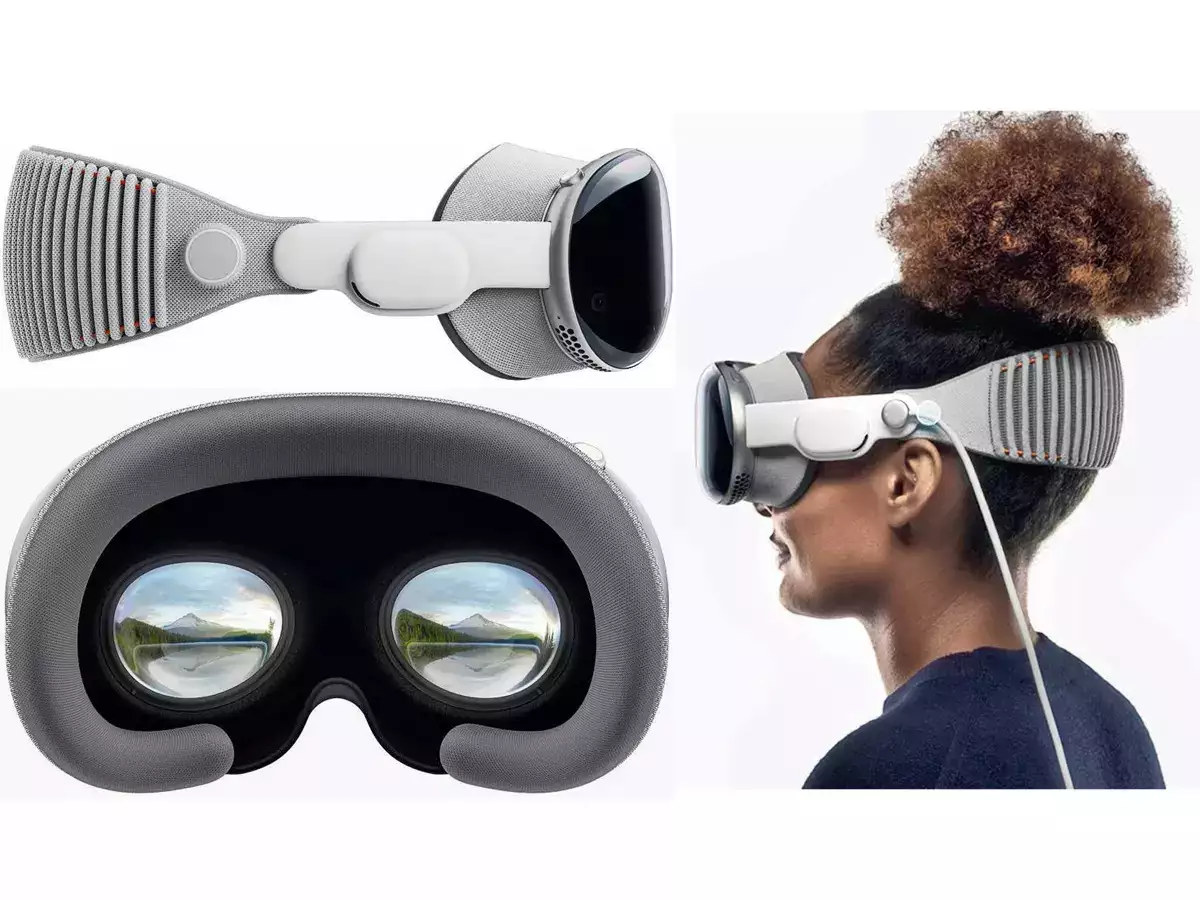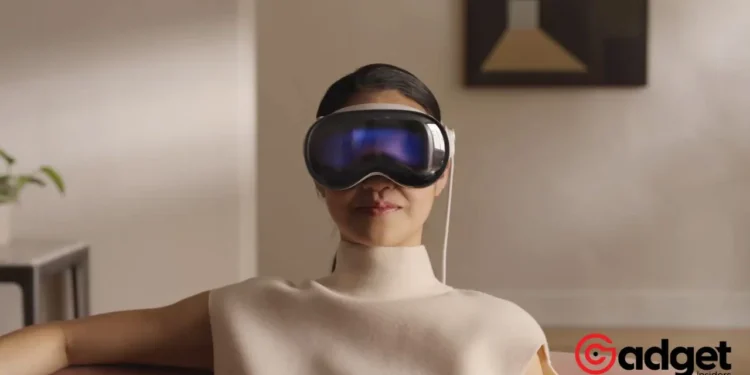Apple Vision Pro, the latest entrant in the virtual reality headset market, has garnered significant attention for its potential to redefine how we interact with digital environments. While its innovative features promise an unparalleled immersive experience, it’s crucial to shed light on the less discussed, yet significant, health risks associated with prolonged use of such VR technology.
This article delves into the various dangers of Apple Vision Pro, from motion sickness to privacy concerns, and offers insights on how users can mitigate these risks.

Apple Vision Pro: The Immersive Experience vs. Human Health
Motion Sickness: The VR Discomfort
A common issue with virtual reality headsets, including the Apple Vision Pro, is the induction of motion sickness. The immersive nature of VR means that while the eyes perceive motion, the inner ear—which plays a critical role in balance—does not. This sensory conflict can lead to nausea, dizziness, and even vomiting in some users. It’s a glaring reminder that our brains are still catching up with the rapid advancements in technology.

The Strain on Your Eyes and Brain
Prolonged exposure to virtual environments can exert undue pressure on the eyes and temples, leading to eye strain and headaches. The Apple Vision Pro, despite its cutting-edge design, is not immune to these issues. It blocks natural light and forces the eyes to focus on a proximal screen for extended periods, a scenario far removed from their natural functioning. This can have detrimental effects on vision and overall well-being.
Navigating the Virtual and the Real: The Isolation Dilemma
As virtual reality becomes more captivating, there’s a growing concern over social isolation. Users of Apple Vision Pro might find themselves spending more hours in virtual worlds, distancing from real-world interactions and experiences. This shift can have profound implications on social skills and mental health, highlighting the importance of finding a healthy balance between the two realms.
The Lure of Virtual Escapism: A Double-Edged Sword
The allure of virtual worlds can be strong, potentially leading to addiction. The Apple Vision Pro offers an escape from reality that can be too tempting for some, causing them to neglect real-life responsibilities and relationships. While virtual reality can be a powerful tool for education and entertainment, it’s vital to use it responsibly to avoid adverse effects on one’s life.
One step closer to a dystopian future! 👀#AppleVisionPro pic.twitter.com/FXWfkHd6tz
— Shots by Margo | Jake Peralta (@shotsbymargo) February 11, 2024
Apple Vision Pro: Privacy and Safety Concerns
The Eye of the Beholder: Privacy Intrusions through Eye-Tracking
One of the innovative features of Apple Vision Pro is eye-tracking, which, while enhancing user experience, raises significant privacy concerns. The capability to track eye movements opens up the possibility of collecting sensitive personal information, and user habits, and even manipulating user actions. It’s a stark reminder of the trade-offs between technological advancements and personal privacy.
The Invisible Threats: Cyberbullying in Virtual Realms
The immersive nature of VR also amplifies the impact of cyberbullying. With the ability to create realistic avatars, bullies can make their attacks feel more personal and damaging, a risk that users of Apple Vision Pro need to be aware of. The virtual community must foster a safe and supportive environment, countering the anonymity that can sometimes lead to malicious behavior.
Apple Vision Pro: Ensuring Safety in the Virtual World
Lastly, the physical safety concerns associated with using VR headsets like the Apple Vision Pro cannot be overlooked. The potential for accidents due to obstructed vision, and even the risk of devices overheating, calls for a cautious approach to using VR technology. Users should ensure a safe, obstacle-free environment and be mindful of the headset’s operation to prevent unintended harm.

Apple Vision Pro: Embracing VR with Caution
The Apple Vision Pro stands at the forefront of virtual reality technology, offering users an immersive experience that blurs the lines between the digital and the physical. However, it’s imperative to recognize and address the health risks associated with its use.
By understanding these concerns and adopting measures to mitigate them, users can enjoy the benefits of VR while minimizing its drawbacks. As we venture further into the realm of virtual reality, let’s navigate this brave new world with both excitement and caution, ensuring that our health and well-being remain a top priority.










